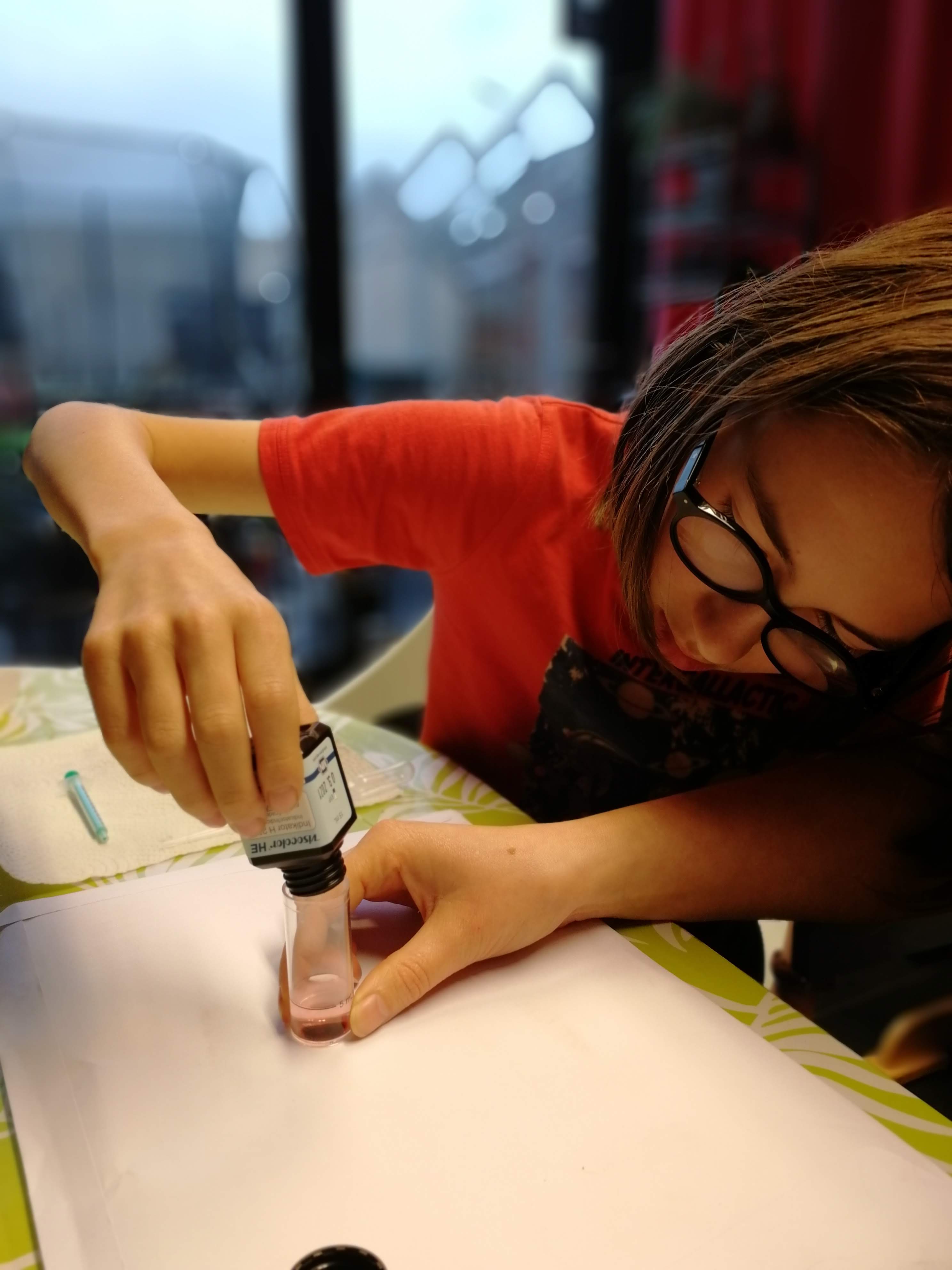Citizen research
Citizen research: customers test water hardness themselves
At the end of November 2019, 150 customers in Anzegem and Avelgem got to try out their very own test kits. These kits enable them to test the hardness of their water in a few simple steps. The aim of the project is to engage people more closely with the water production process and to give us more insight into the relationship between water hardness, the perception of that hardness and customer satisfaction.
The hardness of drinking water is determined by the amount of magnesium and calcium (lime) it contains. In practice, customers see lime as a major problem, as it has a tendency to form deposits — limescale —on taps and electrical appliances. Even though hard water is perfectly healthy, customers usually prefer softer water. In response, De Watergroep is fitting water softening installations to its water production centres where necessary.

Home testing
In 2020, 13,000 families in Anzegem, Avelgem and part of Waregem started to receive softer water. “The new water production centre in Waarmaarde — which has a partial water softening installation — entered service at this time”, Katleen De Leu, market intelligence analyst at De Watergroep, explains. “To find out whether this investment was worth our while, we decided to get out customers’ opinions on the matter. In 2019, we organised an initial online survey in the region, including an invitation to participate in a citizen research project. 150 people volunteered to take part in the latter. During an information session, we explained the purpose of the project and we distributed the equipment among the participants. We asked them to perform an initial test, and as soon as the water softening installation entered service, we asked them to repeat that test, so we could measure the difference. The participants were certainly keen to be part of the projects: lots of people even sent us pictures of their children getting to grips with the testing kit. To us, this project creates an opportunity to actively engage our customers in scientific research and to see the service we provide from their point of view.”